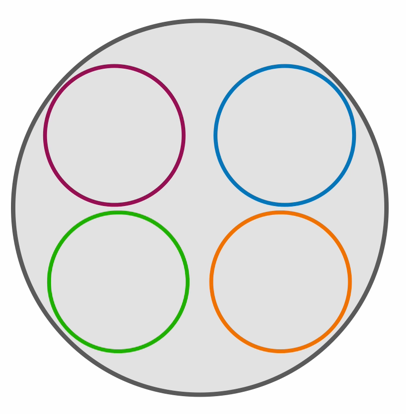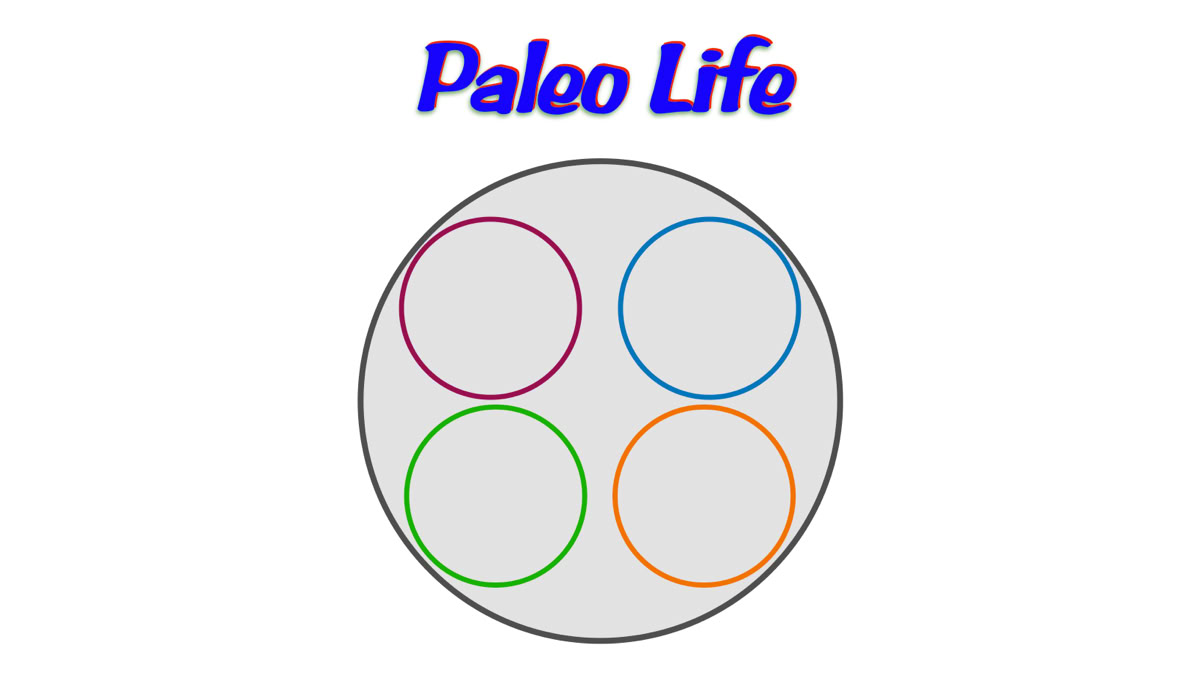

The phrase “Functional Movement” has become quite popular over the last few years, but what exactly is it? A quick search will tell you that it has something to do with moving normally or everyday movement. That doesn’t really get us very far does it.
It might be easier to start with what it isn’t. In the wider sports / fitness industry, exercise and training is understandably event focused, but most sports usually have a broader slightly less focused area of training often referred to as; speed, strength and agility. Those three attributes may be listed in different orders depending upon the given sports’ priorities, but it all adds up to the same basic set of requirements.
If we look a little further down the training protocol we move away from specific sports activity. Taking football for example a typical drill would be running at speed with a ball under control and guiding it through a series of cones. That activity requires a range of skills and attributes, ball control is clearly a sport skill focused aspect, running at speed is obviously a produce of speed training and changing direction between the cones is an expression of agility. So from the above list of attributes we can reasonably say that ball control is pretty specialised and so therefore not a “functional movement” at least in terms of everyday life. The speed and agility aspects while in this example are sport specific we can be pretty sure that those attributes have use in wider life, so they have to some degree attributes of “functional movements” of sorts.
However if we look at what is required to deliver those attributes we get down to some truly widely applicable skills and capacities. Changing direction quickly and particularly spontaneously requires good balance, strong joints (ankles, knees and hips) and highly developed proprioception (this is a limb or bodies ability to quickly determine its position in space and apply muscular input automatically to maintain physical control). So here the functional movement exercises would be focused on building good balance, strength and flexibility of the limbs involved. These core physical attributes are at the heart of our physical functionality, they are sometimes referred to as “Primal Movements”, they are the physical skills that enabled us to hint on foot, carry loads, throw spears and defend ourselves.
Needless to say these are not new ideas, they have just been relabelled. If we take martial arts for example, traditional schools have a wide curriculum of physical training regimes that support the more style specific physical attributes. In Chinese Martial Arts the base bodily attributes are referred to as Shen Fa, which approximately translates as body mechanics. The training to develop those base attributes is known as Ji Ben Gong.
A number of traditional Ji Ben Gong exercises were combined with some basic Yoga postures in the creation of Pilates, again more relabelling of what has gone before. I use a wide range of Ji Ben Gong drills derived from Tai Chi, Dao Yin combined with an understanding of therapeutic rehabilitation exercises to construct a Functional Movement programme to address your specific needs.
That need might be recovering from an injury to preparing for an ultra marathon. We all have specific needs and while it is always tempting to get on with the superficially attractive “event” focused skills, it pays dividends to get the core body skills in place first. Doing so makes you more resilient, less likely to get injured and gives you access to the best most able version of yourself.
